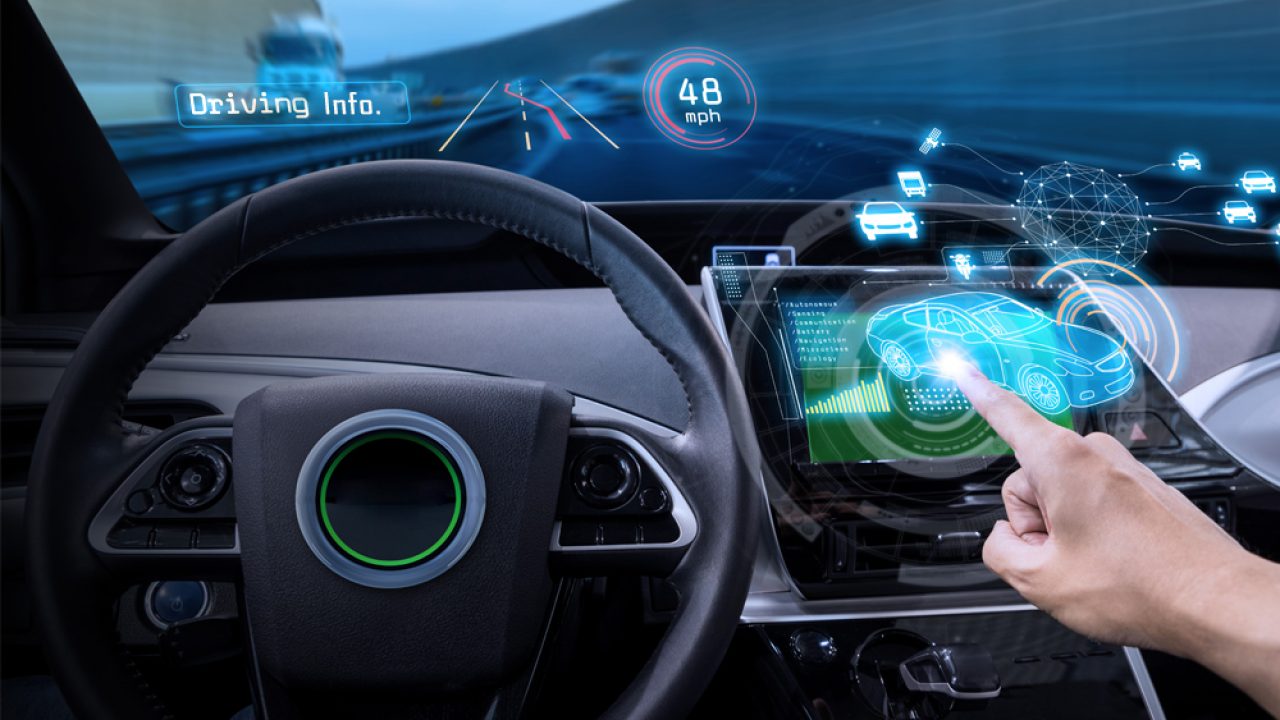In an era of rapid technological advancement, the automotive industry is leveraging aftermarket software solutions to optimize operations and enhance customer satisfaction. This article explores key aftermarket software features, their benefits to the automotive industry, leading providers, and future trends.
As we delve into the transformative impact of these solutions, we aim to provide a comprehensive understanding of their role in driving forward the automotive aftermarket sector.
The Rise of Aftermarket Software
The advent of aftermarket software has revolutionized the automotive industry, enhancing the functionality and efficiency of vehicles beyond initial manufacturer specifications. Software affordability has enabled a wider consumer base to access these technologies, driving market growth.
However, implementation challenges persist. The technical complexity inherent in the integration of aftermarket software with existing vehicle systems can prove daunting to less tech-savvy consumers. Additionally, compatibility issues can arise between software and specific vehicle models, necessitating rigorous testing protocols. Furthermore, concerns over warranty violations can deter potential users.
Despite these hurdles, the rise of aftermarket software heralds a new era in automotive customization, providing an affordable and efficient avenue for vehicle enhancement. The industry must address these challenges to further consolidate its growth.
Key Features of Automotive Software

Source: einfochips.com
Building upon advancements in the field, key features of automotive software include enhanced vehicle performance, improved fuel efficiency, and customizable user interfaces, reflecting the evolving demands of today’s tech-savvy consumer.
However, these features also bring software integration challenges. The complexity of integrating various software modules to function harmoniously can lead to potential system instability or failures. Therefore, developers are constantly working on robust, reliable solutions that ensure seamless software integration.
Another noteworthy feature is the focus on user experience design. The software is designed with intuitive, user-friendly interfaces that allow consumers to customize their vehicle settings easily. This includes everything from adjusting seat positions to programming preferred routes in the navigation system. The aim is to provide an engaging, personalized experience, thus fostering customer loyalty and satisfaction.
Benefits to the Automotive Industry
Implementing advanced automotive software solutions brings a multitude of benefits to the automotive industry, including streamlined operations, enhanced customer satisfaction, and increased competitiveness.
The industry impact is significant, as these solutions transform traditional business models, reducing operational inefficiencies and boosting productivity. Software adoption allows for better inventory management, accurate diagnostics, and improved customer service due to its predictive capabilities. This enhanced efficiency translates into cost savings and improved profitability.
Moreover, it paves the way for innovation, facilitating the development of new services and products. These solutions also increase the industry’s competitiveness by enabling businesses to adapt swiftly to market changes.
Ultimately, the adoption of automotive software solutions is a strategic move yielding substantial benefits, driving the automotive industry forward.
Top Automotive Aftermarket Software Solutions

Source: plm.automation.siemens.com
Capitalizing on the aforementioned advantages, leading automotive aftermarket software solutions have emerged as game-changers in the industry, providing crucial tools for businesses to streamline their operations and enhance competitiveness.
Comprehensive solutions such as AutoServe1, Protractor.Net, and Fullbay have been paramount in addressing Software Integration Challenges, offering seamless compatibility with existing systems and reducing manual intervention. These solutions facilitate Aftermarket Software Adoption by providing user-friendly interfaces and robust training resources.
Despite the inherent complexities, these platforms simplify operations, driving efficiency and profitability in the aftermarket sector. They enable real-time inventory management, digital vehicle inspections, and dynamic job scheduling, thereby optimizing workflow.
The successful adoption of these software solutions is a testament to the digital transformation of the automotive aftermarket industry.
Future Trends in Automotive Software Solutions
Several transformative trends are poised to redefine the landscape of automotive aftermarket software solutions in the coming years.
The rise of autonomous vehicles is accelerating the need for advanced software solutions, capable of performing complex operations and decision-making capabilities. This will require a focus on software sustainability, ensuring that these solutions are capable of adapting to evolving technological environments.
Furthermore, the software should effectively handle increased data from vehicle sensors, artificial intelligence algorithms, and machine learning models. Additionally, cybersecurity, being a paramount concern in autonomous vehicles, will necessitate robust security mechanisms within the software solutions.
Looking ahead, the integration of these aspects into automotive software solutions will be crucial in driving the future of the aftermarket industry.
Frequently Asked Questions (FAQs)

Source: hooptelecoms.com
What Is the Cost of Implementing Aftermarket Software in the Automotive Industry?
The costs of implementing aftermarket software in the automotive sector vary, depending on factors like software efficiency and vendor selection. It includes initial acquisition, installation, customization, training, maintenance, and potential system integration expenses.
How Does Automotive Aftermarket Software Impact the Environment?
Automotive aftermarket software boosts environmental sustainability through software efficiency and green innovation. It optimizes resource usage, reduces waste, and streamlines processes, leading to less energy consumption and lower carbon emissions in the automotive industry.
What Are the Potential Risks or Drawbacks of Using Automotive Aftermarket Software?
Potential risks of using automotive aftermarket software include compromised software reliability and data security. Issues may arise from software bugs, compatibility problems, vehicle performance disruptions, and potential breaches of sensitive data. Implementing PostgreSQL replication can help enhance data reliability and security by ensuring real-time backups and reducing the risk of data loss.
How Does Aftermarket Software Solutions Affect Vehicle Warranty Policies?
Aftermarket software solutions can potentially impact vehicle warranty policies, leading to warranty avoidance. Insurance implications might arise if modifications are not reported, possibly affecting claim validity. Each warranty policy and insurance contract can vary in stipulations.
Could Using Aftermarket Software Possibly Lead to Safety Issues in Vehicles?
Aftermarket software may lead to safety issues in vehicles if not managed properly, particularly regarding software compatibility and user adaptability. It’s crucial to ensure the software is compatible and the user can operate it safely.



